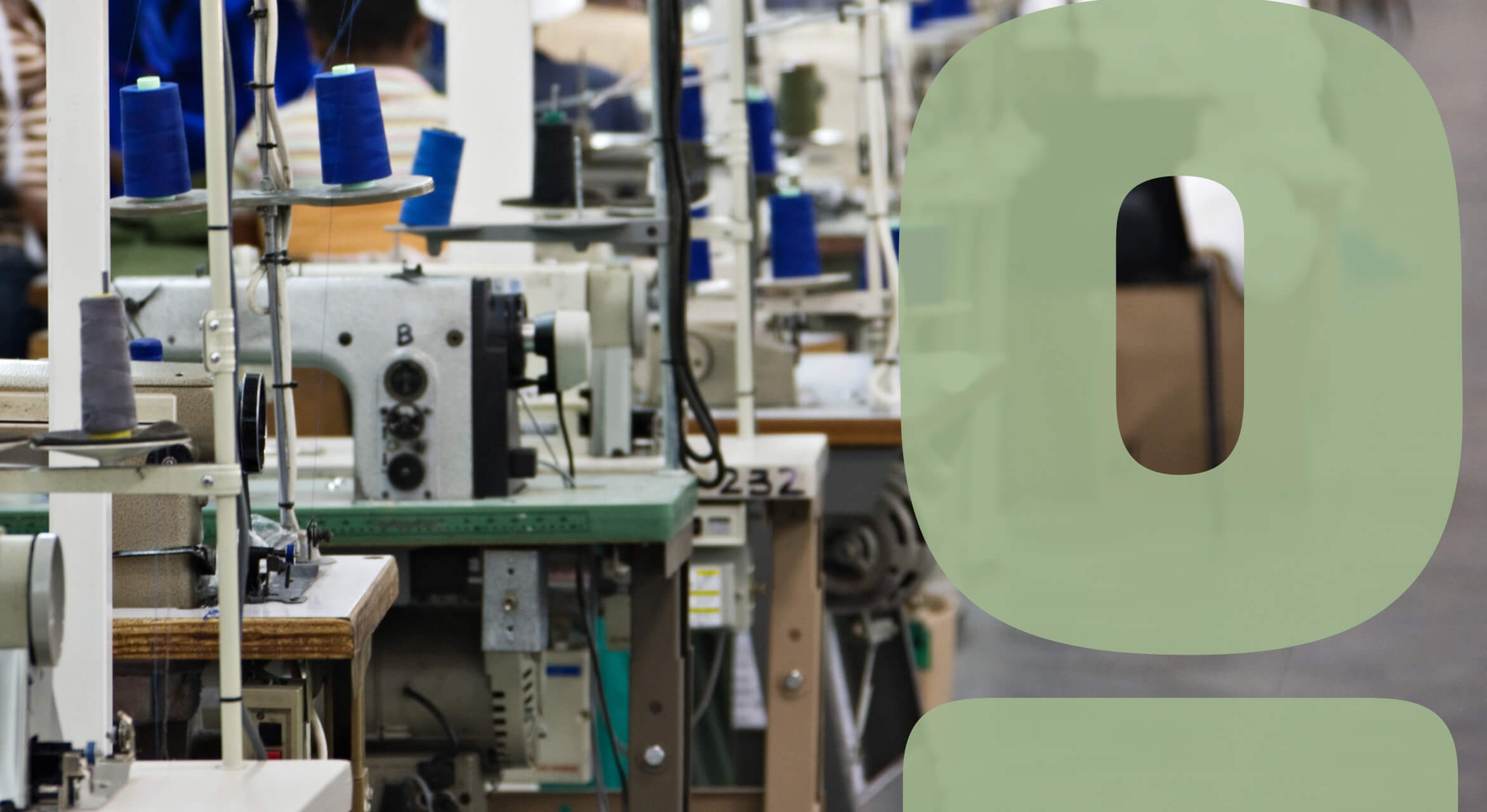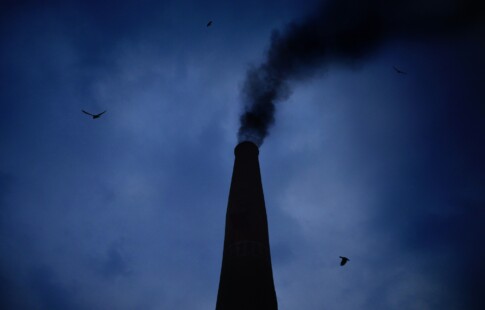
The Fast Fashion Environmental Impact
We are reader-supported. When you buy through links on our site, we may earn affiliate commission.
As the weather cools down, individuals begin investing in new long sleeve shirts, pants and winter jackets. Most consumers are more concerned with the functionality of their seasonal garments instead of their environmental impacts. Over time, purchasing patterns can significantly impact atmospheric and surface-level degradation.
Disposable clothing companies are dominating the retail industry, creating water and air pollution. The fast-fashion environmental impact limits the sector’s sustainability, increasing the demand for eco-conscious options. Before evaluating the ways to improve the fashion industry’s eco-friendliness, we must assess its ecological challenges.
What is Fast Fashion?
Fast fashion is the term signifying clothing quickly manufactured at a low cost, meeting temporary trends. The sector’s leading brands create nearly 52 collections annually. To develop large quantities of apparel inexpensively, companies engage in ecologically degrading practices.
Many consumers buy goods from fast fashion companies without understanding the impacts of their purchases. The industry is the third-largest global manufacturer. It creates a significant quantity of worldwide carbon emissions from production processes to transportation.
Nearly three in five fast fashion garments end up in landfills until they decompose. Non-sustainable manufacturing processes also lead to illegal wastewater dumping and microplastic pollution. Water scarcity is a significant concern of environmentalists regarding the disposable fashion industry.
Excessive Water Use
One significant fast fashion environmental impact is water exploitation. Clothing production is the second most water-intensive practice in the world. The industry uses nearly 79 billion cubic meters of water annually.
Overusing freshwater sources for fast fashion manufacturing minimizes the global supply of safe drinking water. About 884 million individuals currently lack access to clean water, increasing the rate of dehydration and other adverse health effects. Cotton specifically increases the industry’s water exploitation rates.
Growing enough cotton to produce a pair of jeans requires nearly 1,800 gallons of water. Dying clothes also uses large quantities of freshwater combined with color-altering chemicals. Many fast fashion companies dump their wastewater in local rivers instead of collecting and processing it.
Leather tanneries in Bangladesh are notorious wastewater dumpers. The sector supports a significant portion of the country’s annual export revenues. It represented $284 million in sales in 2007.
While leather production is essential for maintaining employment rates and economic stability in Bangladesh, its lack of environmental regulations is causing severe aquatic degradation. The tanneries release about 22,000 cubic meters of toxic wastewater into nearby rivers every day. Chromium, sulfur, manganese and other chemicals now pollute local water sources.
Nearly 20,000 individuals are experiencing the adverse health effects associated with pollution. They are suffering from rashes, respiratory complications and nasal septum destruction. In 2010, three workers died from inhaling chemicals in the tanneries, increasing the demand for sustainable change in the industry.
Plastic and Synthetic Fiber Waste
Another fast fashion environmental impact derives from synthetic fiber use. Companies attempt to cut costs, creating clothes from threads of plastic. Synthetic textiles effectively minimize the price and processing time associated with manufacturing, and they create microplastic pollution.
When consumers throw their fast fashion garments in the washing machine, microplastics degrade into the wastewater. As the machine drains excess water, synthetic fibers travel into the environment. They reach marine ecosystems through runoff, causing adverse effects when ingested by species.
Microplastics can create neurological issues in aquatic creatures and work their way up the food chain, producing health challenges in humans. Producing synthetic fibers also requires significant quantities of energy, powering the enhanced greenhouse effect.
Non-Renewable Energy Reliance
Most fast fashion companies rely on fossil fuels to power their manufacturing facilities. During combustion, the energy sources release greenhouse gases into the environment. When the emissions reach the atmosphere, they alter its composition and Earth’s ability to maintain life-sufficient surface temperatures.
Naturally, the planet absorbs sunlight, generates heat, warms its surface, collects excess energy and emits it to space. Emissions change the process because they have a higher solar radiation to heat exchange rate. They also contain additional energy in the environment, re-filtering it through the heat production process.
Over time, greenhouse gas emissions raise Earth’s temperature, creating a ripple effect of ecological degradation. The fast fashion industry is responsible for nearly 10% of global emissions, powering significant climate change impacts.
If the industry continues generating large quantities of air pollutants, our planet will suffer from extreme droughts, agricultural limitations, forced migration and other ecosystem stability challenges. Fortunately, there are ways consumers can help reduce the adverse impacts.
Reducing the Fast Fashion Environmental Impact
You can enhance the eco-consciousness of your closet by thrifting your clothes instead of buying them new. Additionally, consumers may repair worn-out or defective garments, extending their life span and limiting landfill waste. Finally, you may reduce the influence of modern trends on your purchases, maintaining a versatile wardrobe.
Share on
Like what you read? Join other Environment.co readers!
Get the latest updates on our planet by subscribing to the Environment.co newsletter!
About the author

Jane Marsh
Starting from an early age, Jane Marsh loved all animals and became a budding environmentalist. Now, Jane works as the Editor-in-Chief of Environment.co where she covers topics related to climate policy, renewable energy, the food industry, and more.





